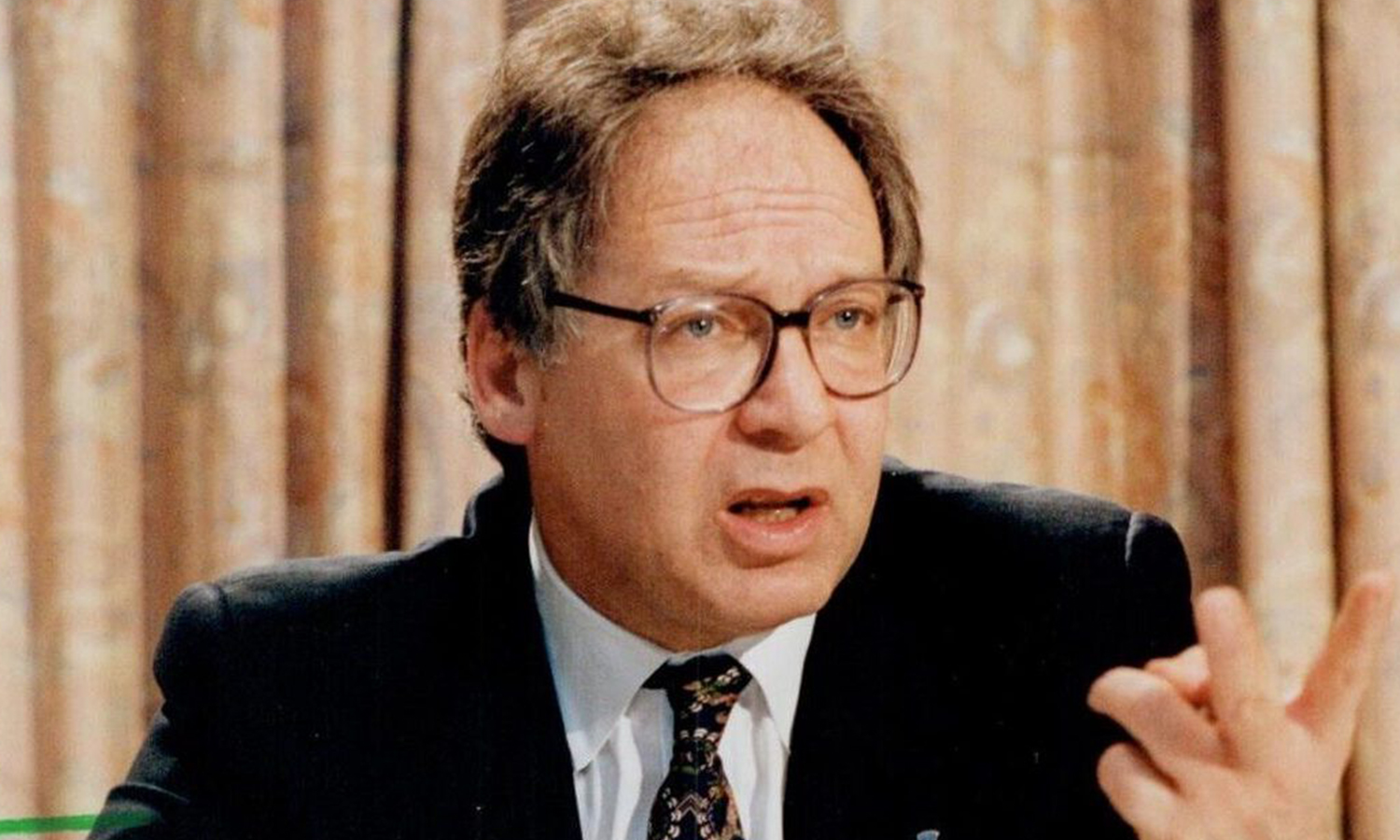Fear is not the only thing that holds us back; pride also does.
Leaving the comfort zone of being an expert to learn how to be a manager and leader is an extremely difficult and impactful departure a person can make. In adult development terms, according to “Seven Transformations of Leadership,” an expert crosses developmental stages when he evolves his action logic, from being an expert to being an achiever. An expert focuses on “logic and expertise and seeks rational efficiency” and is good as an individual contributor. An achiever is “action and goal oriented” and better suited for management and leadership challenges.
This change is not just embracing new responsibilities but also leaving the safety and pride of being the expert. One must brave not being (yet) good at influencing people and working through people. Though code and academic papers can be dense, there is at least a known rationale one can learn to decipher them. However, people — why they do what they do, think a certain way, and get stuck in feelings — are mysteries to even the best experts of +influencers. Therefore, the transition from technical expert to expert leader takes a lot of courage. Joydeep Sarkar is one such leader.
Joydeep had gotten promoted in a US-Singapore health care analytics firm, two or three times in his first 18 months with Holmusk until he reached the position of chief analytics officer. This is a very important position in Holmusk, driving the entire company’s ability to develop products that meet customer needs scalably. Whereas others couldn’t keep up with the rapid developments in the company, Joydeep rapidly learned how to relate to the clients’ needs and their business considerations. He also found himself in foreign territory while managing a large team of 20–30 data scientists.
When Joydeep joined LinHart’s LIFE2 program, it became clear that he hadn’t thought deeply about what it meant to be a chief analytics officer managing a large team. He was still very much operating as an expert, relying on his own ability to solve problems and create new solutions. Hearing that being a leader is about getting other people to do something better, faster, and newer than they would have done themselves — Tsun-yan’s definition of leadership — was a lightbulb moment. He really embraced that this was a separate role from what he did as an individual expert, and that this role as a leader was something that he needed to get good at.
While it took some time for Joydeep to get his arms around how to change his behaviors, how he spends his time, and gain new skills, his determination never wavered. He followed up regularly with his LIFE2 faculty, Mathia Nalappan, who became a mentor to Joydeep, and got into a habit of action-reflection, drawing on Mathia for High Challenge High Support (covered in Chapter 13). The relationship has been very rewarding for both. According to Mathia, “my motivation to stay engaged with Joydeep beyond the LIFE2 program was his high self-awareness and his willingness to make the shift, which many senior leaders who are successful in their current roles aren’t willing to do so I have seen the shift in his scaling as a leader over the years and assuming bigger roles including being a Board member.”
Note: This story is from chapter 12, page 195, of Positive Influence: First and Last Mile of Leadership by Tsun-yan Hsieh and Huijin Kong.




